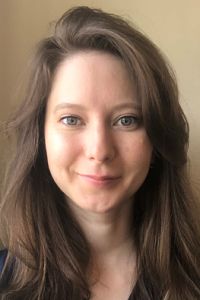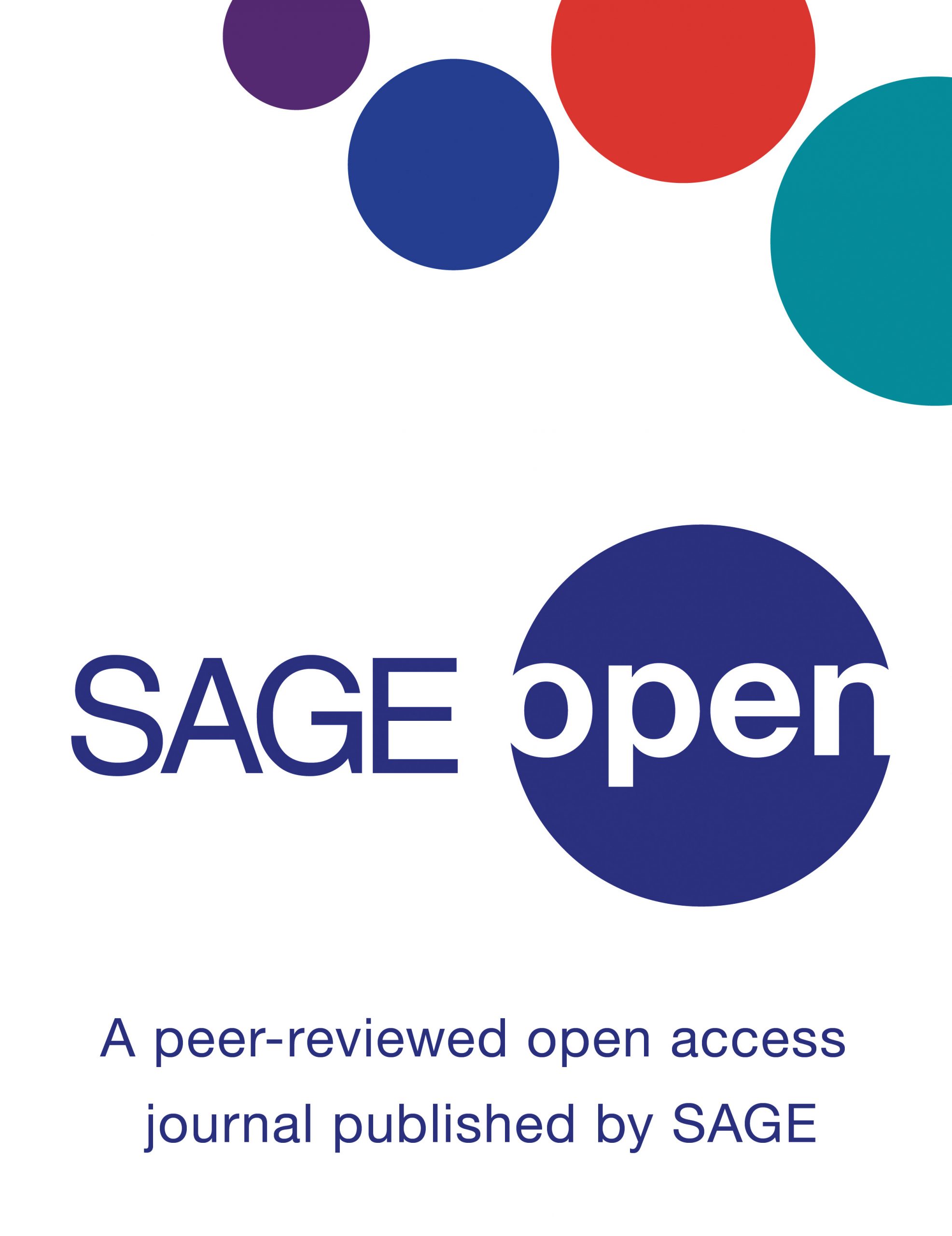Marking the First Decade of the First Social Science Megajournal
in 2006 PLOSOne, a new kind of academic journal, debuted. Its leadership happily dubbed the new enterprise a ‘megajournal,’ with key characteristics of megajournals being that they were online, open-access, peer-reviewed and accepting of sound scholarship and not just novel scholarship. PLOSOne focused on physical science and medicine, and five years after its launch SAGE Publishing, the parent of Social Science Space, launched the first megajournal for the humanities and social science, SAGE Open. With the 10th anniversary of that launch upon us, we asked Bailey Baumann, an editor for SAGE’s open access journals, some questions about the decade and SAGE Open‘s growth. Baumann holds a bachelor’s degree from Georgetown University in classics and a master’s from the University of Southern California in geographic information science and technology. She joined the SAGE Open team in 2015 and took over management of the journal in 2017.
A decade ago, what would success look like for the first-ever mega journal in social science? And how well have those original metrics been met? Or did they change as the underlying terrain changed?
Success for any journal is to be well received by the academic community it seeks to serve. SAGE Open is a global mega-journal for the humanities, social sciences, and behavioral sciences, which means we chose an especially large community. To add to that challenge, the gold open access publishing model was less common in these disciplines than it is today, and we had to prove that our research quality and peer review standards were just as high as any journal following the traditional publishing model. One way of measuring how well we were received was with submissions. In our first year, we were pleased to receive almost 900 submissions. Last year, we received more than 4,000 submissions. Our growth reflects the growth we have seen in this part of the academic publishing world. Today we are no longer the only HSS OA mega-journal, but our size, history, and Impact Factor set us apart as a trusted home for quality research.

Looking back, was SAGE brave in launching SAGE Open – or late to the party?
I joined SAGE Open in 2015, four years after its first articles were published in 2011. From what I saw then, SAGE Open was right on time. There was a clear need for a journal like SAGE Open, and that has not changed. I still hear from authors about the need for interdisciplinary outlets to facilitate conversations between disciplines and keep important research from being siloed. SAGE Open still publishes articles on the basis of research quality rather than perceived significance, allowing us to offer a home for replication studies, negative results, null-results, and various smaller studies that might not seem significant to everyone, but are important to the communities about which they were written. Not only do we publish research in an open access format, allowing anyone with an internet connection to read it, we also curate this research and verify its quality with double-blind peer review before we disseminate it. This is valuable in an age when anyone can publish online and readers and authors alike are looking for names to trust.
Who is submitting (and being accepted)? And where are they located? Is the demographic and geographic distribution different from what we might have expected?
SAGE Open proudly receives and publishes research from all over the world, including the Global South, which has historically been underrepresented in academic publishing. This aligns with the mission of the journal to serve the social science community as a whole and to make publication decisions on the basis of research quality rather than our own, potentially limited, perceptions of novelty or significance. We created a geographically diverse editorial board that is more than 500 members strong. In recent years, we have also been recruiting section editors to act as leaders on our editorial board and ambassadors for the journal.
We’ve all seen criticisms that big, open access multidisciplinary journals aren’t getting the best scholarship since the authors of the best papers will focus on their disciplines’ flagship titles. Is there merit to that criticism? And how do you address that concern?
SAGE Open considers the best scholarship to be articles that can make an impact for their target audience, ranging from niche groups to a global, interdisciplinary audience. By not limiting our authorship or readership with discipline boundaries or paywalls, we can be more inclusive and diverse and offer a broader type of impact. Authors who choose to publish in SAGE Open because of the platform we provide. This has been true since 2011, and we have seen more authors make this choice as this publishing model gains popularity and as SAGE Open’s reputation grows.
What are some of the standout articles you’ve seen in SAGE Open?
Here is a sample of our most read and most discussed articles from the last ten years. In these articles you can see the variety of research SAGE Open publishes and the kind of platform we aim to be.
Patrick, H. A., & Kumar, V. R. (2012). Managing Workplace Diversity: Issues and Challenges. SAGE Open. https://doi.org/10.1177/2158244012444615
Tiruneh, G. (2014). Social Revolutions: Their Causes, Patterns, and Phases. SAGE Open. https://doi.org/10.1177/2158244014548845
Kurt, S., & Osueke, K. K. (2014). The Effects of Color on the Moods of College Students. SAGE Open. https://doi.org/10.1177/2158244014525423
Heinemann, L. V., & Heinemann, T. (2017). Burnout Research: Emergence and Scientific Investigation of a Contested Diagnosis. SAGE Open. https://doi.org/10.1177/2158244017697154
Ahmad, T., Alvi, A., & Ittefaq, M. (2019). The Use of Social Media on Political Participation Among University Students: An Analysis of Survey Results From Rural Pakistan. SAGE Open. https://doi.org/10.1177/2158244019864484
Heise, C., & Pearce, J. M. (2020). From Open Access to Open Science: The Path From Scientific Reality to Open Scientific Communication. SAGE Open. https://doi.org/10.1177/2158244020915900
Brunelle, E., & Fortin, J.-A. (2021). Distance Makes the Heart Grow Fonder: An Examination of Teleworkers’ and Office Workers’ Job Satisfaction Through the Lens of Self-Determination Theory. SAGE Open. https://doi.org/10.1177/2158244020985516
What do you foresee for SAGE Open in the next decade?
We will continue to serve as a research home for the humanities, social sciences, and behavioral sciences. We will continue to publish and elevate the quality research of a global community of scholars. In the next 10 years, I see us growing our volume of published articles as we continue to grow our reputation for inclusivity and high peer review standards. I am excited for SAGE Open’s future.
































































































